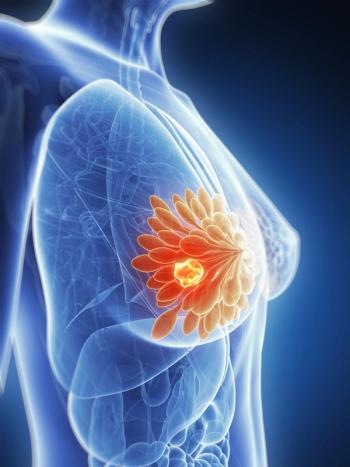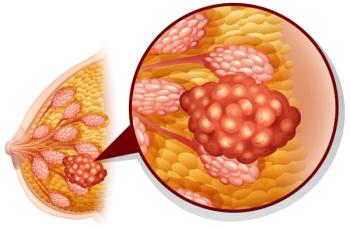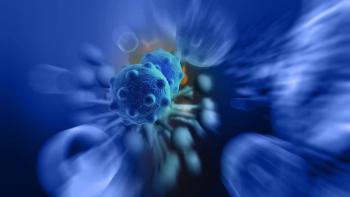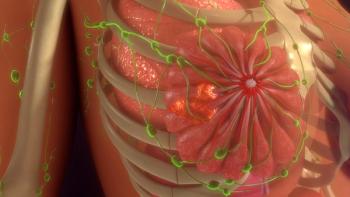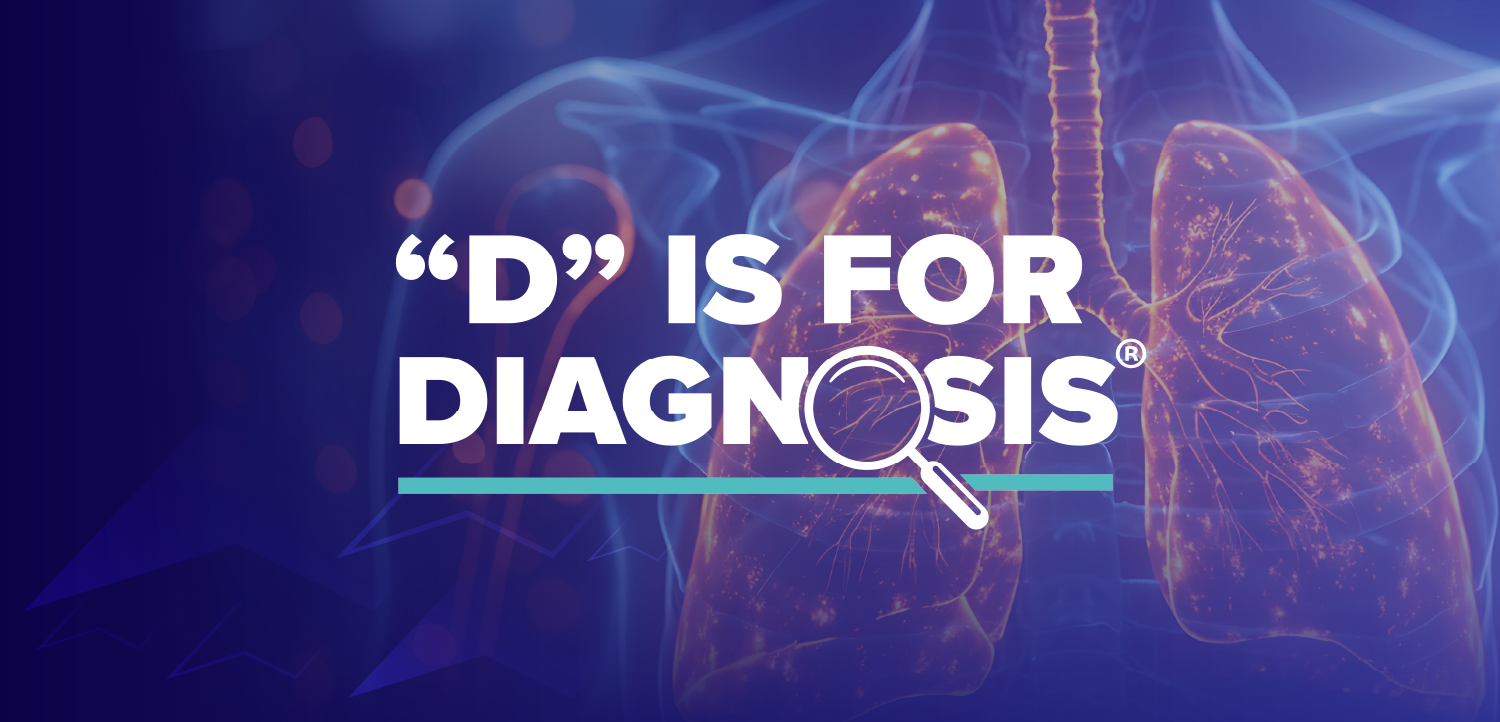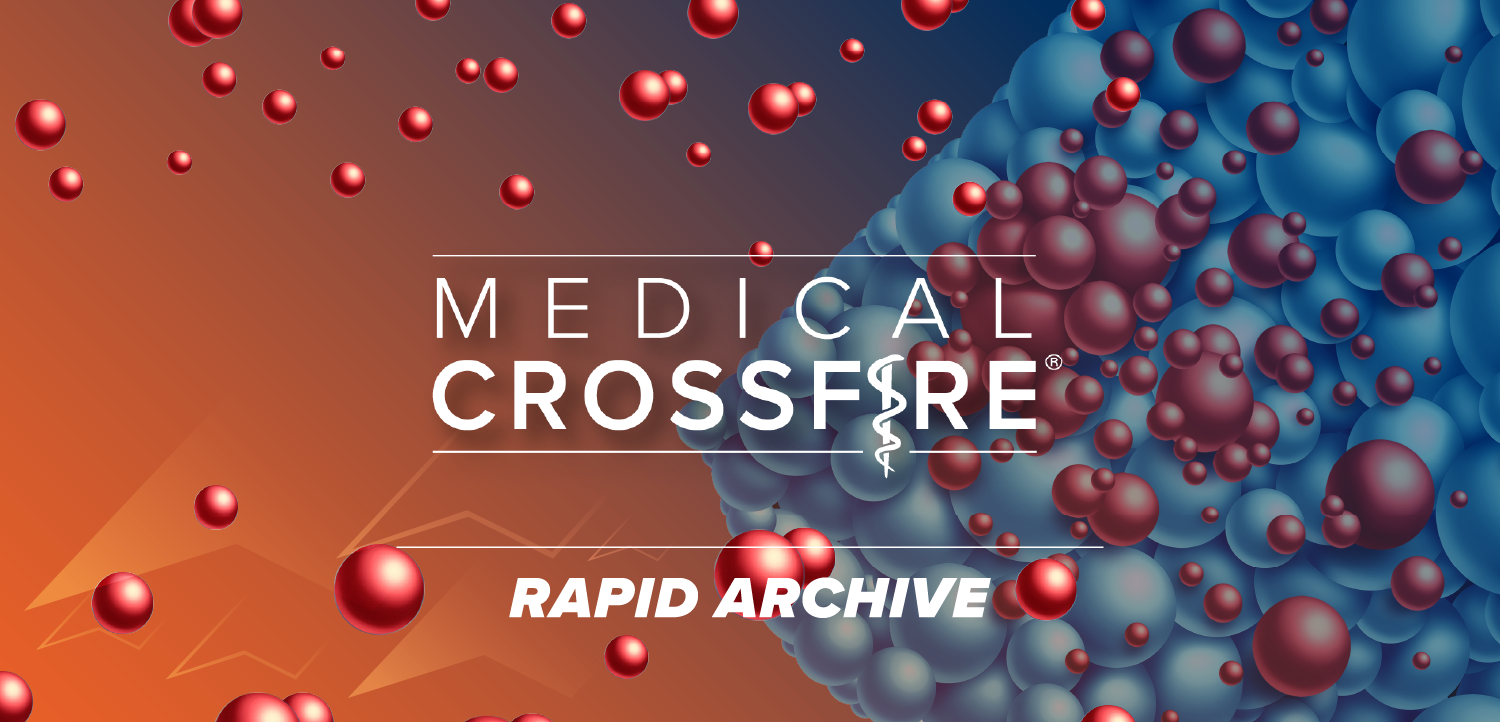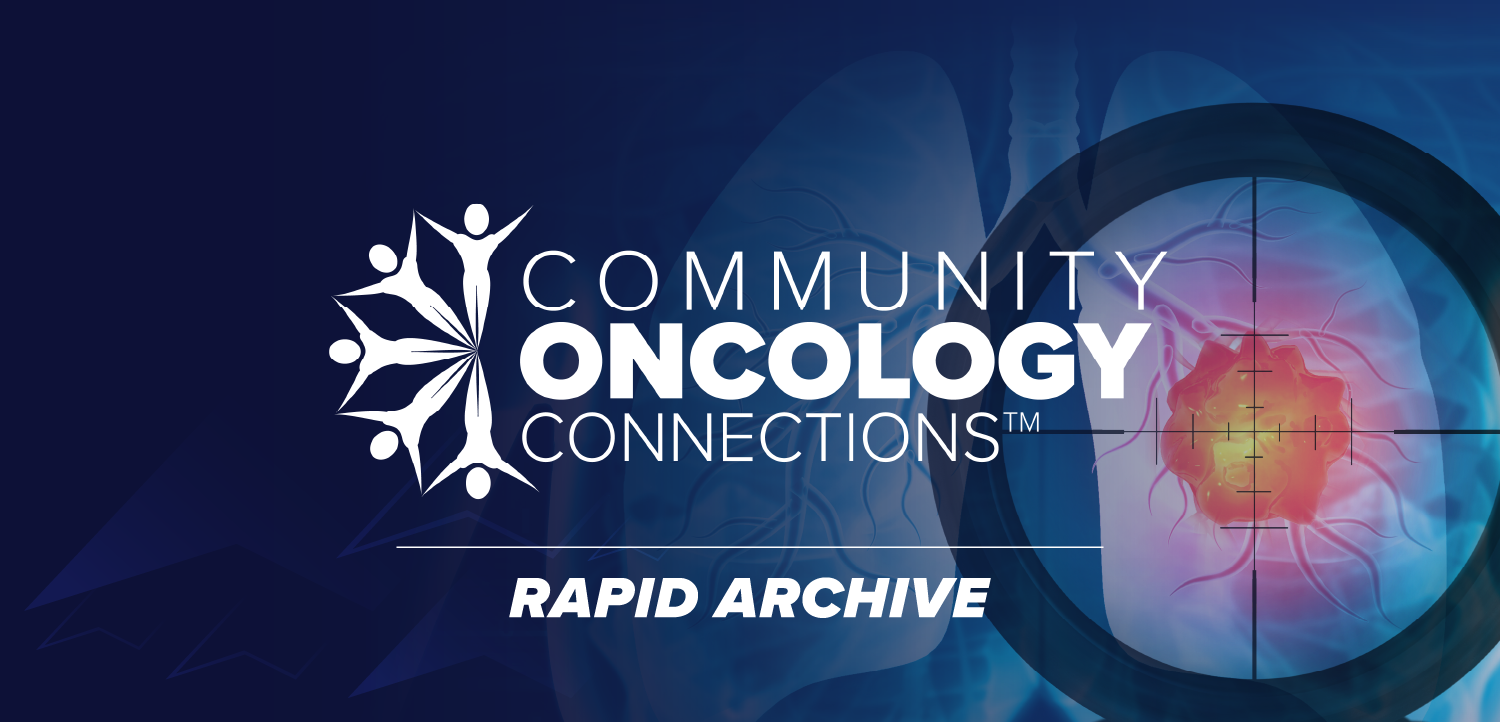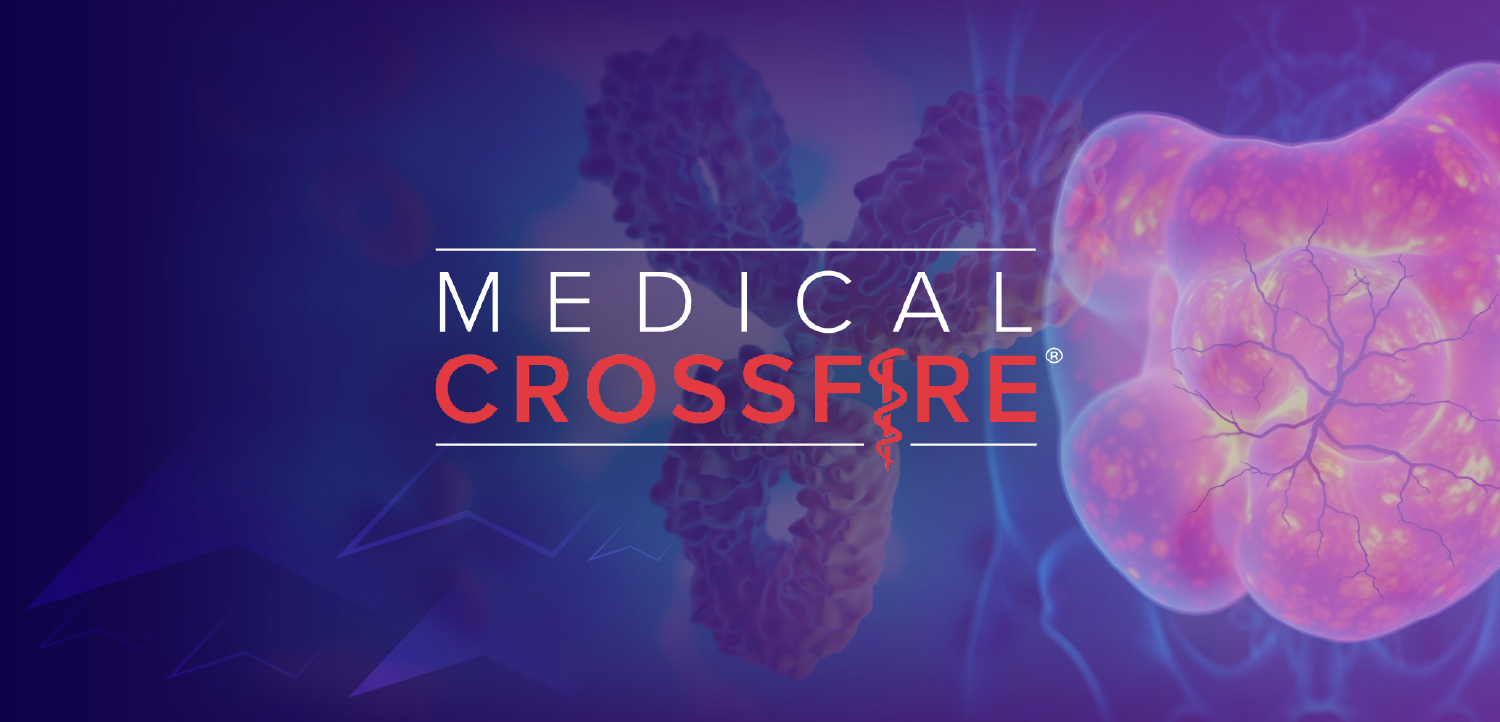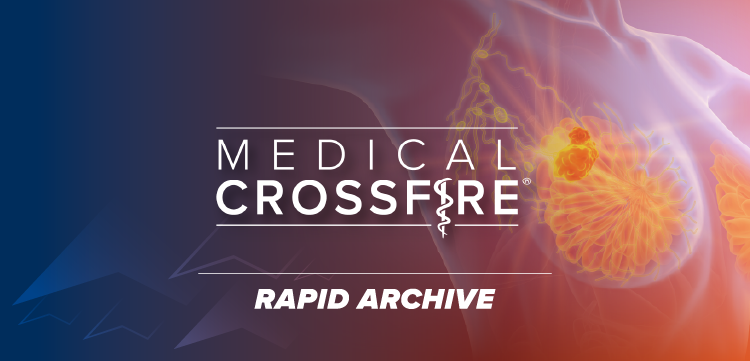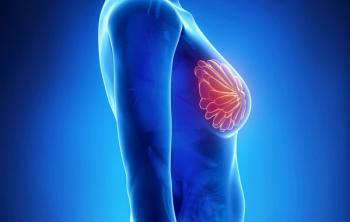
FDA Grants Breakthrough Therapy Status to Patritumab Deruxtecan for EGFR+ Metastatic NSCLC
Patients with EGFR-mutated metastatic non–small cell lung cancer may achieve benefit from treatment with patritumab deruxtecan, which was granted breakthrough therapy designation by the FDA.
Patritumab deruxtecan (U3-1402), a potential first-in-class HER3 directed antibody-drug conjugate, was granted breakthrough therapy designation by the FDA for the treatment of patients with metastatic or locally advanced, EGFR-mutant non–small cell lung cancer (NSCLC), according to a press release from developer Daiichi-Sankyo.1
The regulatory decision, which is designed to accelerate the development and regulatory review process of potential new therapies, was based on data from a dose escalation study and 2 expansion cohorts from a 3-cohort trial.
“The breakthrough therapy designation for patritumab deruxtecan acknowledges the need for new treatment approaches to overcome resistance and improve survival in patients with metastatic TKI-resistant, EGFR-mutated [NSCLC],” Ken Takeshita, MD, global head of R&D at Daiichi Sankyo, said in a press release. “We are proud that the FDA has once again recognized our innovative science and technology and we look forward to bringing this potential first-in-class HER3 directed antibody drug conjugate to patients with this specific type of lung cancer as quickly as possible.”
Data from a
Notably, this is the first breakthrough therapy designation for patritumab deruxtecan.
References
- Patritumab deruxtecan granted U.S. FDA breakthrough therapy designation in patients with metastatic EGFR-mutated non-small cell lung cancer. News release. Daiichi-Sankyo. December 23, 2021. Accessed January 3, 2022. https://bit.ly/3qECNWu
- Jänne PA, Baik CS, Su W-C, et al. Efficacy and safety of patritumab deruxtecan (HER3-DXd) in EGFR inhibitor-resistant, EGFR-mutated (EGFRm) non-small cell lung cancer (NSCLC). J Clin Oncol. 2021;39(suppl 15):9007. doi:10.1200/JCO.2021.39.15_suppl.9007
Newsletter
Stay up to date on recent advances in the multidisciplinary approach to cancer.


